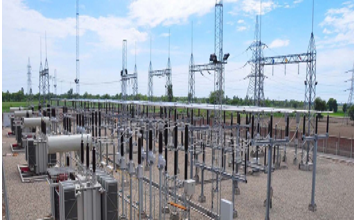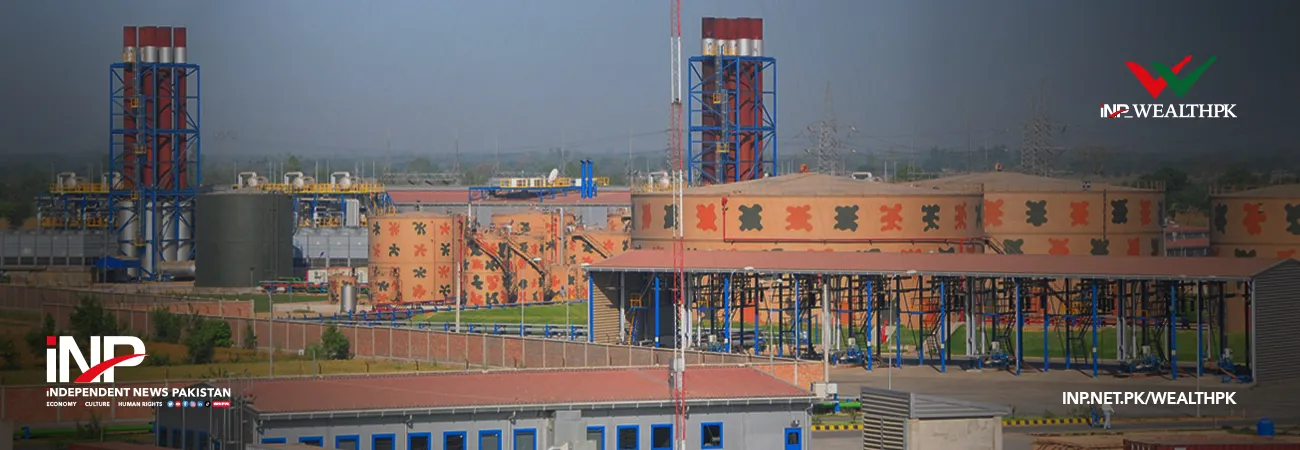INP-WealthPk
Shams ul Nisa
Nishat Power Limited (NPL) has reported a significant decline in electricity dispatch and revenue driven by an output cut amid a slump in grid demand, rising competition from more efficient plants, and shifting market conditions, reports WealthPK.

NPL’s 200MW fuel-fired plant in Jamber Kalan, Punjab, which once played a key role in supplying electricity to the national grid, has seen a dramatic decline in output. The company needs to have a diversified and innovative energy strategy to secure the long-term sustainability of its operations. In the nine months ending March 31, 2025, the plant dispatched just 51GWh of electricity, down from 342GWh during the same period last year, marking an 85% year-on-year drop.
Moreover, the average capacity factor fell sharply to 4% from 26.57%, indicating minimal plant utilisation. This decline reflects a broader downward trend in NPL’s performance over recent years, driven by lower demand from the grid, rising competition from more efficient plants, and shifting market conditions.
Despite posting significant losses, NPL’s Board of Directors announced an interim cash dividend of Rs2 per share for the period, totalling Rs708 million. While this may signal confidence in the company’s liquidity and commitment to shareholder returns, it also raises concerns about the long-term viability of such payouts amid persistent operational challenges and declining profitability.
On the operational side, the management has shown robust cost control by maintaining administrative expenses despite lower revenues. The company’s cash and bank balances remain stable, supported by the settlement of receivables and careful financial management. However, these efforts are not enough to counter the deeper structural issues caused by reduced dispatch and evolving market dynamics.
NPL’s difficulties reflect broader shifts taking place across Pakistan’s energy sector. Expanding generation capacity, the growing role of renewables, and ongoing government reforms have heightened competition and reduced dependence on older, fuel-based plants. As demand patterns evolve and the power grid becomes more dynamic, legacy facilities like NPL’s must innovate to stay relevant.
The company’s current trajectory highlights the urgent need for a forward-looking strategy that includes diversifying its generation mix to incorporate renewables and flexible technologies, investing in grid-related services for new revenue opportunities, improving operational efficiency through digital tools and maintenance practices, and forming strategic partnerships to adopt innovative business models and enter emerging markets.
NPL’s declining dispatch is not just a company-specific concern but a broader signal to the entire energy sector. It underscores the urgent need for diversification, innovation, and strategic responsiveness. The decisions made now will shape NPL’s future and the strength and sustainability of Pakistan’s energy supply in the years ahead.
Credit: INP-WealthPk













